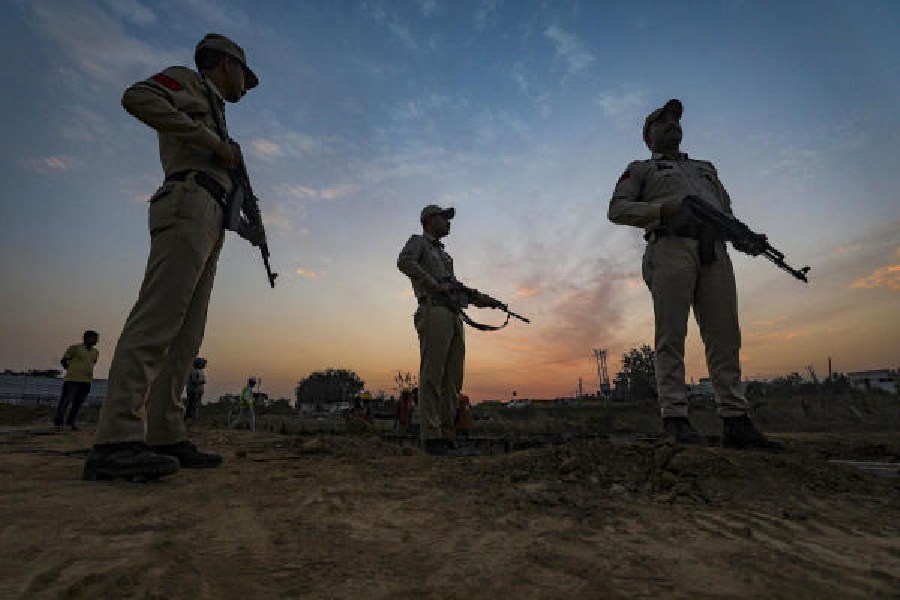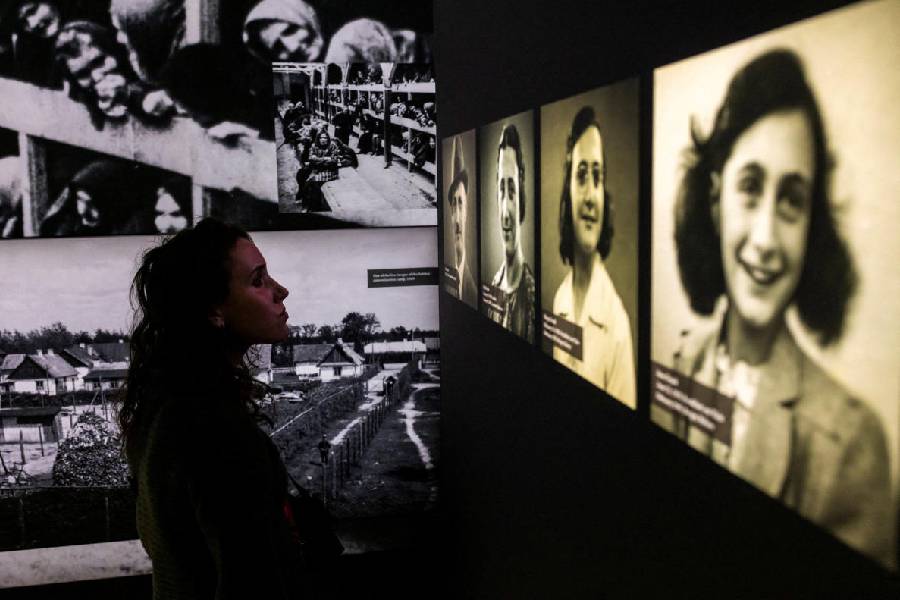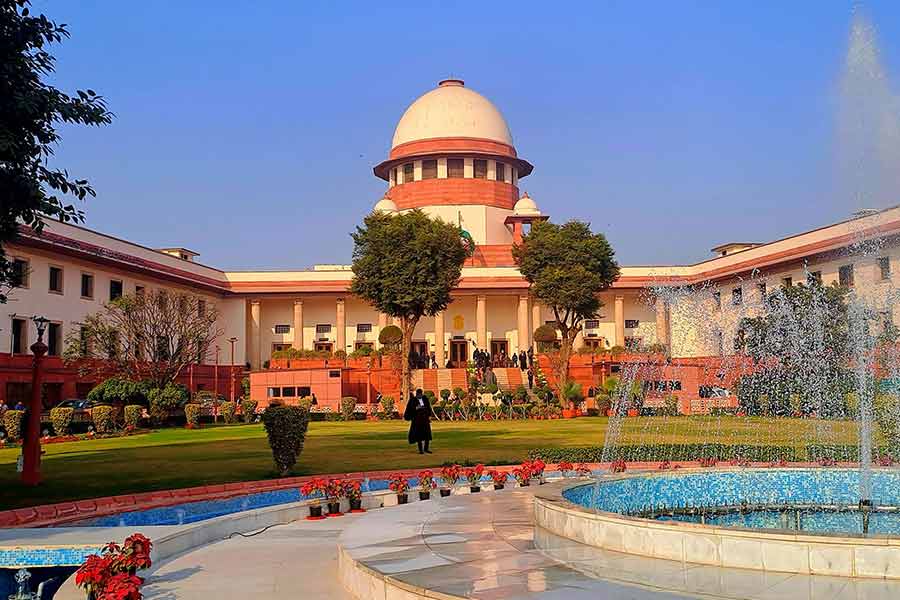If you believe that tourism can be more than scenic hill stations, crowded beaches and jungle safaris, the Indian Army may have just the thing for you. But be prepared to tough it out.
The army has put on the country’s travel map key battlefronts of the 1971 war and Kargil conflict with Pakistan as well as the serial border hostilities with China since 1962, right up to the Galwan Valley violence of 2020.
These theatres of conflict are among 70 sites significant to Indian military history, most of them earlier inaccessible to the public, that have been thrown open for “battlefield tourism” as part of a Bharat Rannbhoomi Darshan, launched on Wednesday coinciding with Army Day celebrations.
Since many of these sites are high up in the frozen Himalayas, army sources said, mountain hikers rather than families are expected to dominate the footfall. It’s unclear when the actual trips will start, where the visitors will stay or halt overnight, and whether the army will facilitate and supervise the last few miles of the tours.
The tourists will not be able to stand on the exact spot in the Galwan Valley of eastern Ladakh where a clash killed 20 Indian soldiers and at least four Chinese troopers on June 15, 2020. That spot now falls within a 3km-wide “buffer zone” between the two armies, which means the visitors will have to be content looking at it from
a distance.
Sources said the other battlefronts opened up for tourists include Bum La and Kibithu in Arunachal Pradesh, Rezang La in Ladakh, Dras in Kargil, Nathu La and Cho La in Sikkim, and a few arenas of the 1971 war along the Pakistan border in Punjab
and Rajasthan.
“The Indian Army is transforming border areas and historic battlefields into tourist destinations, offering citizens a chance to witness valour up close. Explore the hallowed grounds where gallant soldiers fought and serve the motherland, even today,” the army said in a post on X.
The Bharat Rannbhoomi Darshan website, launched on Wednesday, provides information on all 70 sites, including the details of war memorials, museums and
infrastructure.
It narrates the stories of the battles and advises would-be travellers on how to get to these border areas. It also has the lowdown on how to apply for travel permits to some of these places.
Bum La — which means “a pass between mountains” — is set 15,000 feet above sea level amid the ranges that separate Arunachal from the Chinese-occupied Tibet Autonomous Region. It saw the 1962 India-China war, and China’s continuing interest in the region keeps it on the edge.
Rezang La, located at 14,000 feet in Ladakh, is where a company of the 13 Kumaon Regiment, led by Major Shaitan Singh, held a much larger Chinese contingent back during the 1962 war, fighting to the last bullet. The battle is part of Indian army lore.
Kibithu, close to India’s easternmost tip in the Northeast, is in the Anjaw district of Arunachal on the China border. Situated 275km from the nearest brigade formation at Tezu, it was one of the battlefronts of the 1962 war.
In Nathu La, border clashes with China in 1967 saw India lose around 80 soldiers and the Chinese an estimated 300, sources said. Cho La too witnessed hostilities with China in 1967.
To the west, Longewala in the Thar desert of Rajasthan — which witnessed one of the first big engagements of the 1971 war — will enter the tourist map.
An army official said the initiative “aims to educate visitors, foster patriotism and provide a correct narrative about India’s military history” apart from spreading awareness about the valour and sacrifice of the countries’ soldiers.
It will also help tourism in general in these “remote and often inaccessible” border areas, giving a fillip to local economies and helping reduce migration by local populations, he hoped.











